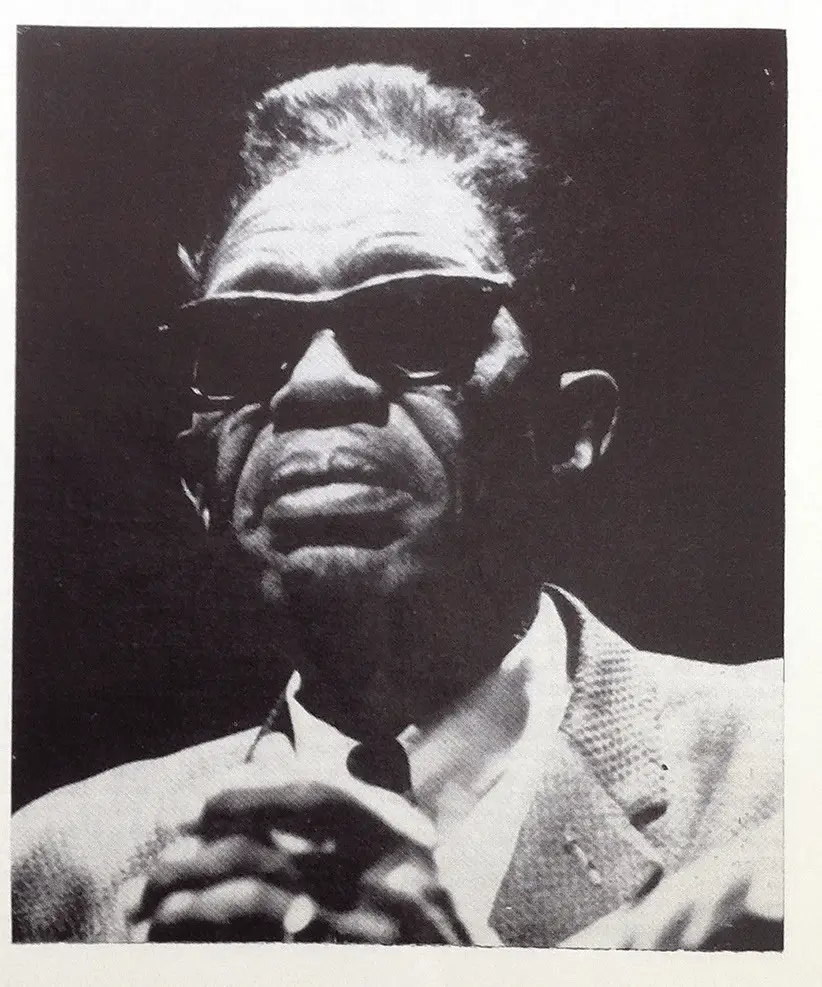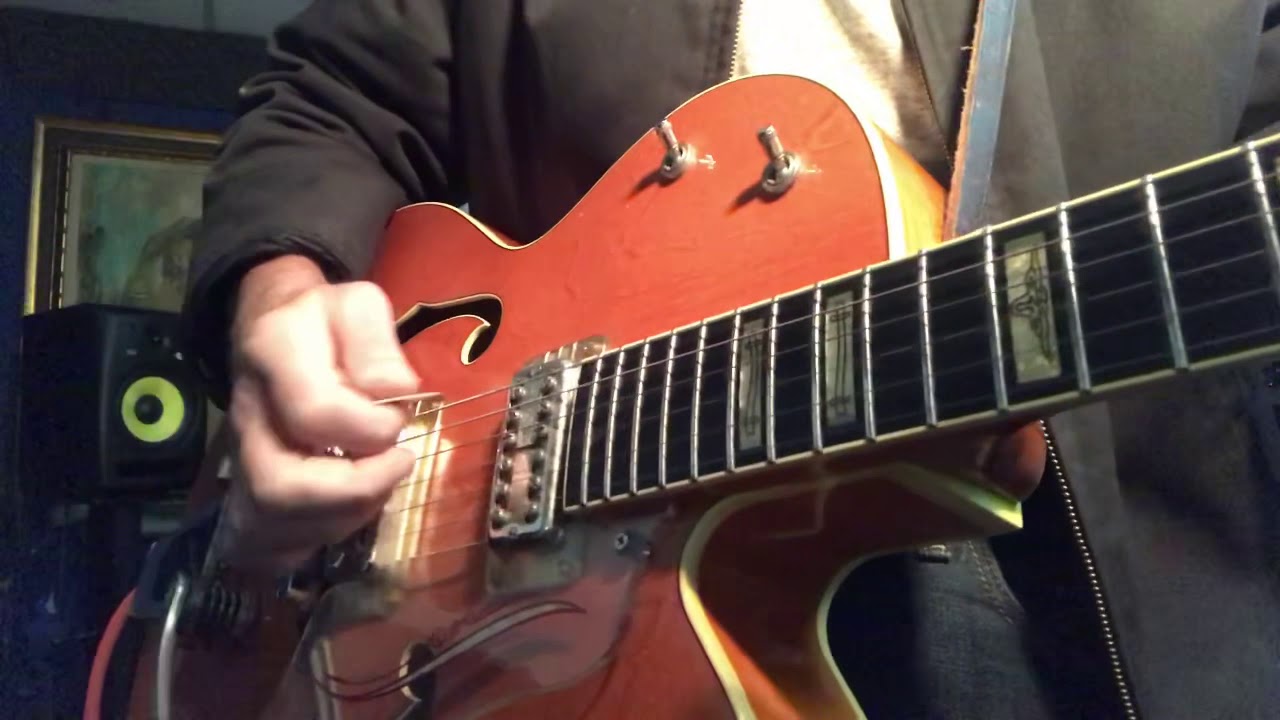Lightnin’ Hopkins, born Sam John Hopkins, was an influential American blues musician. He was known for his unique guitar playing style and soulful vocals. Hopkins began his career in the 1920s and continued to perform and record music until his death in 1982. His music is a blend of traditional blues, country, and folk, making it accessible to a wide range of listeners. Whether you’re new to the blues or a seasoned fan, exploring the music of Hopkins is a must.
Listening to Lightning is a great way to discover the rich history and sound of the blues. His songs often tell stories of love, loss, and the struggles of everyday life. With his raw and emotive voice, Hopkins has the ability to transport listeners to a different time and place. His guitar playing is equally captivating, with intricate fingerpicking and powerful solos. Whether you’re in the mood for a slow, soulful ballad or an upbeat, foot-stomping tune, Lightnin’ Hopkins has a song for every mood.
To start your journey into the world of Lightning Hopkins, I recommend checking out his album “Lightnin’ Hopkins: The Complete Prestige/Bluesville Recordings.” This compilation features some of his most iconic songs, including “Mojo Hand” and “Baby Please Don’t Go.” Another great album to explore is “Lightnin’ Hopkins: The Very Best Of,” which includes a mix of his early recordings and later hits. Additionally, you can find numerous live recordings and collaborations with other blues legends, such as Muddy Waters and Sonny Terry. So grab your headphones, sit back, and let the music of Lightning Hopkins take you on a blues-filled adventure.
Best Known Works of Lightning Hopkins
One of Hopkins’ most iconic songs is “Mojo Hand,” released in 1960. This blues standard showcases his masterful guitar skills and gritty vocals. With its catchy rhythm and memorable lyrics, “Mojo Hand” became a fan favorite and solidified Hopkins’ status as a blues legend.
Another notable work by Hopkins is his 1960 album “Lightnin’ Hopkins.” This self-titled record features a collection of his most beloved songs, including “Baby Please Don’t Go” and “Trouble in Mind.” The album showcases Hopkins’ versatility as a musician, as he effortlessly transitions between different blues styles, from slow and melancholic to upbeat and energetic.
Lastly, Hopkins’ collaboration with fellow blues musician Sonny Terry resulted in the 1961 album “Last Night Blues.” This record captures the raw energy and improvisational skills of both artists, as they trade licks and harmonize on tracks like “I’m a Stranger Here” and “Down by the Riverside.” “Last Night Blues” is a testament to Hopkins’ ability to connect with his audience and create music that resonates with listeners.
In conclusion,his self-titled album “Lightnin’ Hopkins,” and his collaboration with Sonny Terry on the album “Last Night Blues.” These works showcase his immense talent, unique style, and enduring influence on the blues genre. Whether you’re a longtime fan or new to his music, exploring these iconic pieces is a must for any blues enthusiast.
Why Did Lightning Hopkins Take A Break from Making Music?
Hopkins, took a break from making music for several reasons. Firstly, he wanted to explore new creative avenues and expand his musical horizons. This break allowed him to experiment with different genres and collaborate with artists from diverse backgrounds. Secondly, Hopkins needed time to recharge and rejuvenate his creative energy. The demands of touring and recording can be physically and mentally exhausting, and taking a break allowed him to rest and regain his passion for music. Lastly, Hopkins also took this opportunity to focus on his personal life and spend time with his loved ones. Overall, the break from making music was a necessary step for Lightnin Hopkins to grow as an artist and find inspiration in new experiences.
How Hopkins Defined The Blues
Playing in the Style of Lightning Hopkins
The music of Lightning Hopkins was characterized by his unique fingerpicking technique and his ability to effortlessly blend various blues styles together. Playing in the style of Lightning Hopkins requires a deep understanding of the blues genre and a mastery of fingerpicking techniques. To capture his signature sound, it is important to focus on the rhythmic patterns and the use of open tunings. By studying his recordings and practicing his techniques, aspiring guitarists can learn to play in the style of this influential blues musician. So grab your guitar and get ready to channel the spirit of Hopkins through your playing. Here is a Tutorial video on getting the lightning Hopkins sound on the guitar.
“Lightnin’ Hopkins, Jazz Beat no.12 December 1964” by bunky’s pickle is licensed under CC BY-NC-SA 2.0 .











